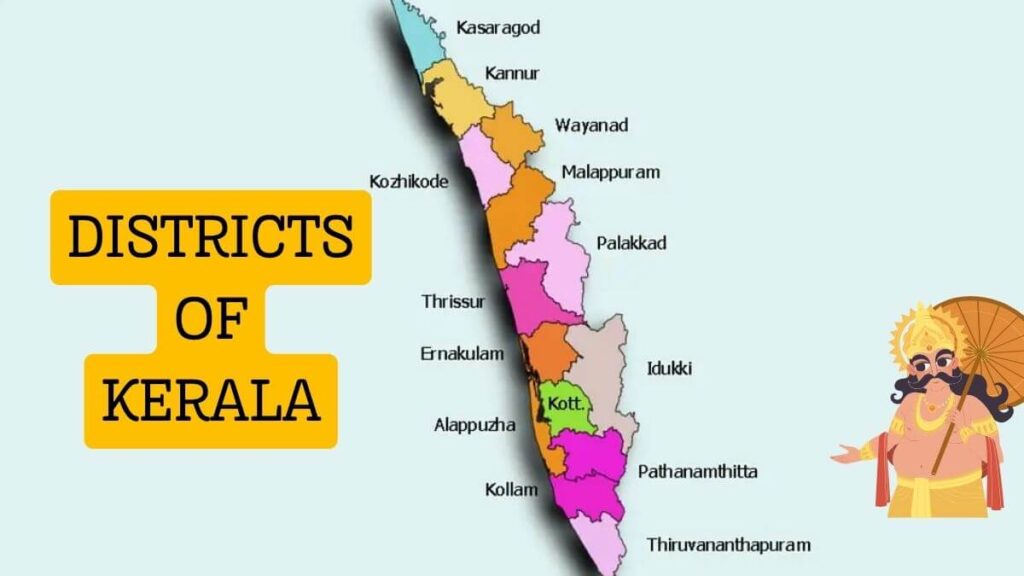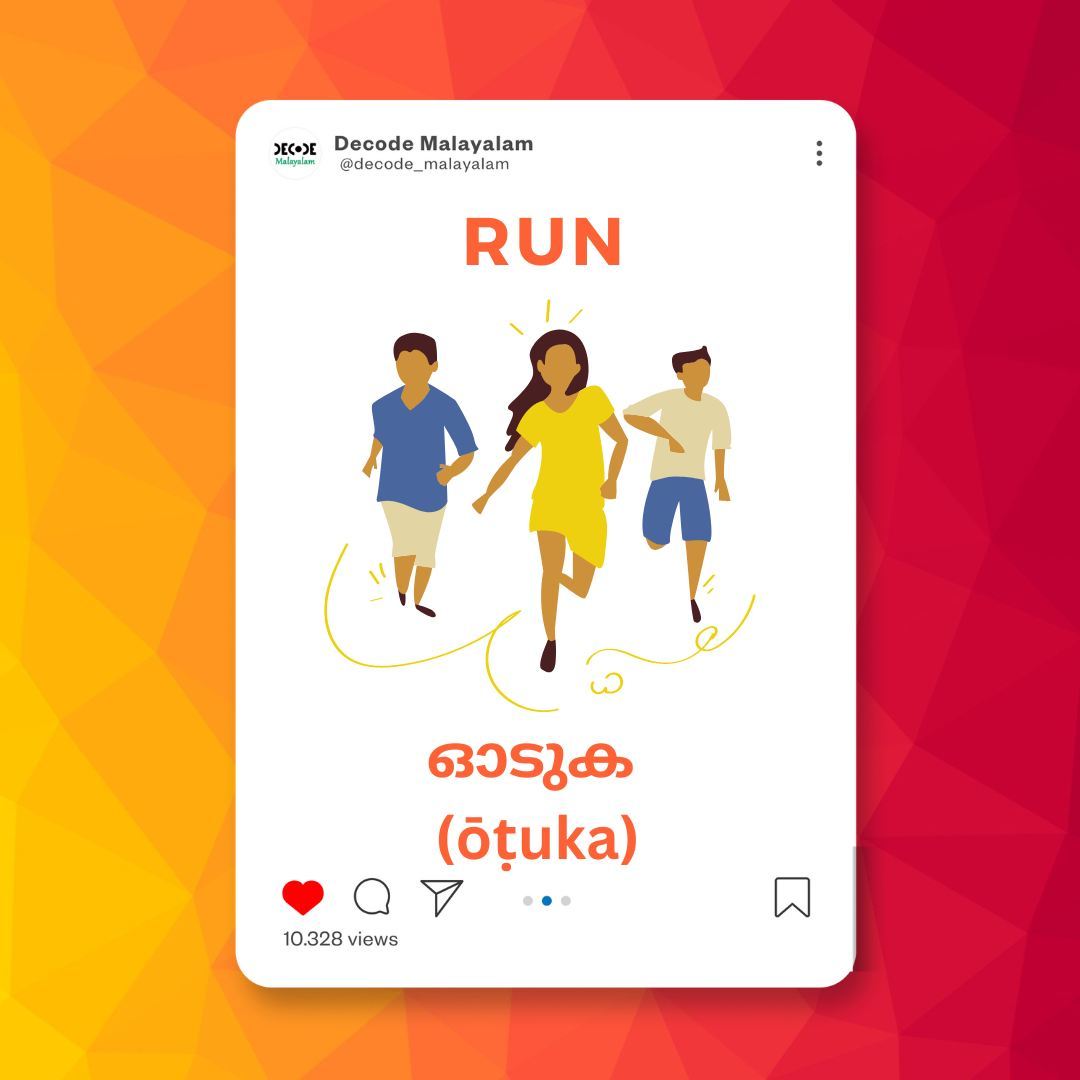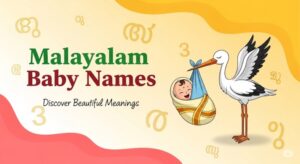Introduction
Kerala, often referred to as “God’s Own Country,” is a state on India’s tropical Malabar Coast. Known for its palm-lined beaches, backwaters, and extensive network of canals, Kerala is a treasure trove of natural beauty and cultural richness. But what truly makes Kerala unique are its 14 districts, each with its distinct character, traditions, and landscapes. In this article, we’ll explore these districts, offering insights into what makes each one special. Whether you’re a traveler planning your next visit or a student wanting to learn more about Kerala, this guide will provide you with valuable information.
Overview of Kerala’s Districts
Kerala is divided into 14 districts, each administered by a district collector. The districts are further subdivided into taluks and villages. Here’s a quick look at the districts:

Kerala Districts
| ജില്ല | District |
|---|---|
| തിരുവനന്തപുരം | Thiruvananthapuram |
| കൊല്ലം | Kollam |
| പത്തനംതിട്ട | Pathanamthitta |
| ആലപ്പുഴ | Alappuzha |
| കോട്ടയം | Kottayam |
| ഇടുക്കി | Idukki |
| എറണാകുളം | Ernakulam |
| തൃശ്ശൂര് | Thrissur |
| പാലക്കാട് | Palakkad |
| മലപ്പുറം | Malappuram |
| കോഴിക്കോട് | Kozhikode |
| വയനാട് | Wayanad |
| കണ്ണൂര് | Kannur |
| കാസറഗോഡ് | Kasaragod |
Thiruvananthapuram: The Capital City
Thiruvananthapuram, the capital of Kerala, is a vibrant city blending traditional and modern elements. Known for its historical sites, such as the Padmanabhaswamy Temple and the Napier Museum, Thiruvananthapuram is also a hub for education and IT.
Key Attractions: Kovalam Beach, Sree Padmanabhaswamy Temple, Napier Museum
Specialties: Rich history, educational institutions, IT parks
Kollam: The Land of Cashews
Kollam, also known as Quilon, is renowned for its cashew industry and as the gateway to Kerala’s backwaters. The district boasts beautiful landscapes, including lakes, beaches, and historical sites.
Key Attractions: Ashtamudi Lake, Thangassery Lighthouse, Palaruvi Waterfalls
Specialties: Cashew production, backwaters, historical sites
Pathanamthitta: The Pilgrim’s Haven
Pathanamthitta is famous for its pilgrimage sites, especially Sabarimala, one of the largest annual pilgrimages in the world. The district is also rich in natural beauty, with its rivers, forests, and wildlife sanctuaries.
Key Attractions: Sabarimala Temple, Perunthenaruvi Waterfalls, Konni Elephant Training Center
Specialties: Pilgrimage centers, natural beauty, cultural festivals
Alappuzha: The Venice of the East
Alappuzha, or Alleppey, is known for its houseboat cruises along the tranquil backwaters. The district is a major center for coir industries and marine products.
Key Attractions: Alappuzha Beach, Vembanad Lake, Alappuzha Lighthouse
Specialties: Houseboat cruises, coir products, backwater tourism
Kottayam: The Land of Letters, Lakes, and Latex
Kottayam is known for its literacy rate, extensive rubber plantations, and picturesque lakes. The district is a cultural hub, with numerous churches and educational institutions.
Key Attractions: Kumarakom Bird Sanctuary, Vembanad Lake, Thirunakkara Mahadeva Temple
Specialties: Literacy, rubber plantations, lakes
Idukki: The Spice Garden of Kerala
Idukki is a highland district known for its lush green hills, spice plantations, and wildlife sanctuaries. It is home to the famous Idukki Arch Dam and the hill station of Munnar.
Key Attractions: Munnar, Idukki Dam, Eravikulam National Park
Specialties: Spices, tea plantations, wildlife
Ernakulam: The Commercial Capital
Ernakulam, also known as Kochi, is a bustling district that blends tradition with modernity. It is a major port city and the commercial capital of Kerala, with a vibrant mix of cultures and cuisines.
Key Attractions: Fort Kochi, Marine Drive, Mattancherry Palace
Specialties: Port city, commerce, cultural diversity
Thrissur: The Cultural Capital
Thrissur is often referred to as the cultural capital of Kerala. The district is famous for its temples, festivals, and cultural institutions. The annual Thrissur Pooram festival is a major attraction.
Key Attractions: Vadakkunnathan Temple, Thrissur Pooram, Athirappilly Waterfalls
Specialties: Cultural festivals, temples, arts and crafts
Palakkad: The Granary of Kerala
Palakkad, also known as Palghat, is known for its vast paddy fields and the Palakkad Gap, a significant mountain pass in the Western Ghats. The district is rich in history and natural beauty
Key Attractions: Palakkad Fort, Silent Valley National Park, Malampuzha Dam
Specialties: Agriculture, historical sites, natural beauty
Malappuram: The Land of Hills
Malappuram is characterized by its undulating terrain and rich cultural heritage. The district is known for its historical monuments and as the birthplace of the Mappila folk arts.
Key Attractions: Kottakkunnu, Teak Museum, Kadalundi Bird Sanctuary
Specialties: Folk arts, historical monuments, natural landscapes
Kozhikode: The City of Spices
Kozhikode, also known as Calicut, is historically significant as the place where Vasco da Gama first landed in India. The district is known for its rich culinary traditions and historical sites.
Key Attractions: Kozhikode Beach, Mananchira Square, Beypore
Specialties: Historical significance, culinary heritage, trade and commerce
Wayanad: The Land of Paddy Fields
Wayanad is a picturesque district known for its misty mountains, lush forests, and vibrant wildlife. It is a haven for nature lovers and adventure enthusiasts.
Key Attractions: Edakkal Caves, Wayanad Wildlife Sanctuary, Banasura Sagar Dam
Specialties: Natural beauty, adventure tourism, wildlife
Kannur: The Land of Looms and Lores
Kannur is renowned for its handloom industries and rich folklore traditions, particularly the Theyyam ritual art form. The district also boasts beautiful beaches and historical sites.
Key Attractions: St. Angelo Fort, Muzhappilangad Drive-in Beach, Parassinikkadavu Snake Park
Specialties: Handloom, folklore, Theyyam performances
Kasaragod: The Land of Forts
Kasaragod, the northernmost district of Kerala, is known for its historical forts, pristine beaches, and diverse culture. The district is a melting pot of different languages and traditions.
Key Attractions: Bekal Fort, Ananthapura Lake Temple, Chandragiri Fort
Specialties: Forts, diverse culture, scenic beauty
Learning Malayalam Online: A Practical Guide
For those interested in learning more about Kerala’s districts, understanding the local language, Malayalam, can greatly enhance your experience. Here are some practical tips for getting started with learning Malayalam online:
- Choose the Right Platform: There are various platforms available for learning Malayalam online, such as Decode Malayalam, Duolingo, and Udemy. Select one that fits your learning style and goals.
- Set Realistic Goals: Start with basic phrases and gradually move to more complex sentences. Setting achievable goals will keep you motivated.
- Practice Regularly: Consistency is key when learning a new language. Dedicate a specific time each day to practice Malayalam.
- Use Multimedia Resources: Incorporate videos, music, and movies in Malayalam to enhance your learning experience. This will help you understand the cultural context and improve your listening skills.
- Engage with Native Speakers: Try to practice speaking with native Malayalam speakers. This will boost your confidence and improve your pronunciation.
Conclusion
Exploring the districts of Kerala offers a fascinating glimpse into the diverse and rich culture of this beautiful state. From the bustling streets of Thiruvananthapuram to the serene backwaters of Alappuzha, each district has something unique to offer. Learning Malayalam can significantly enhance your travel experience and deepen your understanding of Kerala’s heritage. Enroll in a course on Decode Malayalam today to start your journey towards fluency and cultural immersion.
Read More :











